
Gilles Dyan, Chairman and Founder of the Opera Gallery Group, appointed Isabelle de La Bruyère as the Chief Executive Officer of Opera Gallery Group
Former Christie’s big shot Isabelle de la Bruyere recently joined global gallery behemoth Opera Gallery as Group CEO. From her swanky offices above London’s Bond Street, she speaks with LUX about her mission to take Opera Gallery, whose reputation has been carved from selling big-ticket secondary market works to the wealthy from its luxury retail locations, to another level
LUX: What made you take on this challenge?
Isabelle de la Bruyère: I have been following Opera Gallery and its expansion for the last twenty years and have always admired the Chairman’s vision for the group.
When I first moved to the Middle East for Christie’s, I realised how intimidating the art world was for clients who didn’t know it well. Gilles Dyan, who founded Opera Gallery in Singapore in 1994, understood this and built a business that was welcoming and accessible to art enthusiasts and collectors, with artworks of all price points. He always placed his galleries in the most luxurious shopping districts, and had a very personal, hands-on approach that clients truly appreciated. He made the art buying process easy and personable, and he has built a very loyal clientele who appreciate this approach.
The company has grown in the last fifteen years and the identity of the group has changed tremendously, but the engagement and commitment we have to our clients, and to anyone walking into the gallery, has not.
Follow LUX on Instagram: luxthemagazine
LUX: How do you envision shaping Opera Gallery’s future, and what strategies do you plan to implement to distinguish it in the contemporary art landscape?
IB: I think Opera is already very well placed, but I’m focussed on organising more curated, museum-quality shows across our various galleries. I think it is very important to work with curators, critics and historians who can bring a different perspective and audience.
We recently organised a fantastic show in London entitled ‘The Whole World Smiles With You’, which was curated Alayo Akinkugbe, writer, curator, and founder of the Instagram account: @Ablackhistoryofart, and host of the “A Shared Gaze” podcast, which facilitates conversations with Black contemporary artists from across the globe.
The exhibition featured works by well-known artists such as Amoako Boafo, Chris Ofili, and Deborah Roberts, along emerging artists such as Jazz Grant, Thelonious Stokes, and Noel Anderson. Through her vision, the exhibition interrogated various modes of figuration by contemporary Black artists, and challenged the Western canon by overtly reconfiguring renowned paintings and portraying figures in poses reminiscent of pre-twentieth-century European portraiture.
This exhibition was an opportunity for us to engage with a contemporary dialogue in a more academic way and facilitate a dialogue between an incredible group of artists working in a range of mediums. In partnership with London Gallery Weekend, we hosted the recording of Alayo’s ‘A Shared Gaze’ podcast.
In addition to a more curated approach, Opera is championing its artists and Artist Estate Representation with its “Artist-Led Approach.” Our core mission is to champion each of Opera Gallery’s artists’ identities, capturing the attention of visitors, and encouraging a connection between the audience and the artworks.
We are working with and representing more contemporary artists than ever before, recently adding the likes of Anselm Reyle, Gustavo Nazareno, and the legendary London-based artist Ron Arad to our roster. It is a great honour for us to work with such talented creatives, and we want to continue to extend our family of artists with whom we work.
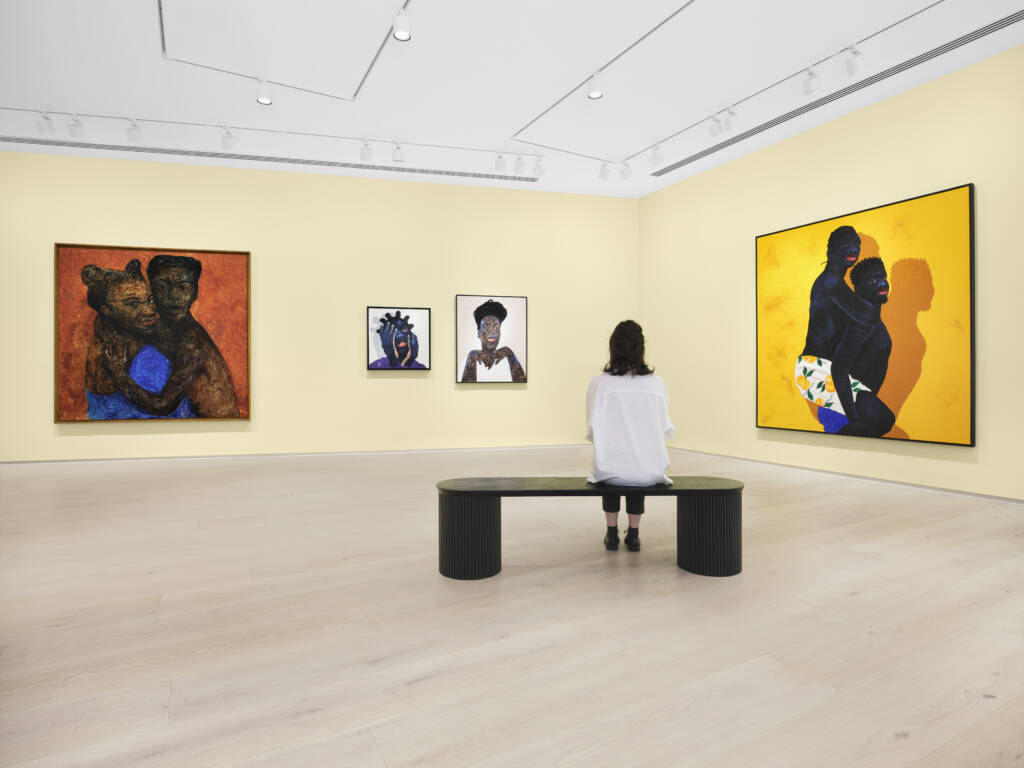
The Whole World Smiles With You – exhibition in London, cred. Eva Herzog

Contemporary artist Gustavo Nazareno in his studio
LUX: Opera Gallery interlinks household names in contemporary and near-contemporary art with very emerging and largely unknown artists. How do you navigate this dynamic interplay?
IB: Artists are influenced one way or another by the past and their predecessors. The masters we show, such as Picasso, Dubuffet, Warhol, Haring, or Soulages, have often been studied, admired or have impacted many of the contemporary artists we work with. Thus to me it makes sense to showcase some of the masters with appropriate contemporary artists who may have adapted some stylistic language or beliefs from their precursors. We do focus more than ever on curation, however, and it is important for us that our exhibitions are visually appealing, but also cater to our clients’ tastes and budgets.

An artwork by Jean Dubuffet
LUX: Do you have any ‘guilty pleasures’ in art?
IB: Having always worked in 19th & 20th-century art, I rarely got to meet artists and even less work with them. Since joining Opera, however, all that changed and I now get to learn about the artist’s process directly from them, and understand their work in a much more personal and passionate way, which isn’t necessarily a “guilty pleasure” but a pleasure nonetheless!
I recently travelled with Ron Arad to Washington, D.C. and revisited the Watergate Hotel, which he worked upon and created various works for, through his eyes. It was a marvellous experience and one that got me to understand the man, the creative, and his art more deeply.
The same can be said with Manolo Valdes or Gustavo Nazareno, who are two artists we work very closely with and who teach me about their work on a weekly, if not daily, basis. At the end, passion comes with knowledge and the more I learn, the more I appreciate!

Isabelle de la Bruyère with Israeli avant-garde designer and artist Ron Arad
LUX: Art and Purpose: do they come hand in hand?
IB: Absolutely. Of course the notion of ‘purpose’ can take many forms, but in the creative space, I believe that great artworks and artists lead with purpose and a strong point of view. To me, it’s this incisive approach to the expression of feeling, experience, and belief that is most impactful and intrinsically provides a space for dialogue and the exchange of ideas.
Read more: Art collector Andrea Morante talks on artist Sassan Behnam-Bakhtiar
I see creative expression as an essential part of human experience – seeing art that challenges us, or isn’t immediately obvious to us, makes us better empathisers, helps us think in different ways and in general enriches our lives and helps us keep an open mind to the world.
LUX: What is the biggest change the art world has seen since you joined Christie’s back in 1998?
IB: The greatest change is in the number of art collectors that buy artworks in the million-dollar bracket. When I first started in Christie’s Impressionist & Modern department, we had a list of one thousand clients that could spend at least one million dollars on a painting.
This number now seems ridiculously low in today’s world, and the number of art collectors and enthusiasts has grown with the globalisation and growing economies of the world. Collectors are no longer limited to a few families, but rather an expansive global base from all continents, each with the power to buy works in the seven figure range.
The world’s millionaire population has more than doubled in the last decade, and so has their interest in art, which has also become so much more accessible. There are more galleries, auctions, fairs, and private museums than ever before, which has helped foster new clientele.
We go where clients are nowadays, and Opera Gallery was one of the first art galleries to open up in Hong Kong, Dubai, Monaco and Aspen, as our founder understood the importance of being close to our clients. Globalisation of the art market has dramatically changed the way we work today, as well as the accessibility that has allowed for a more inclusive art world.
Opera Gallery London will be presenting an exhibition by Brazilian artist Gustavo from October 8th to November 9th, 2024.






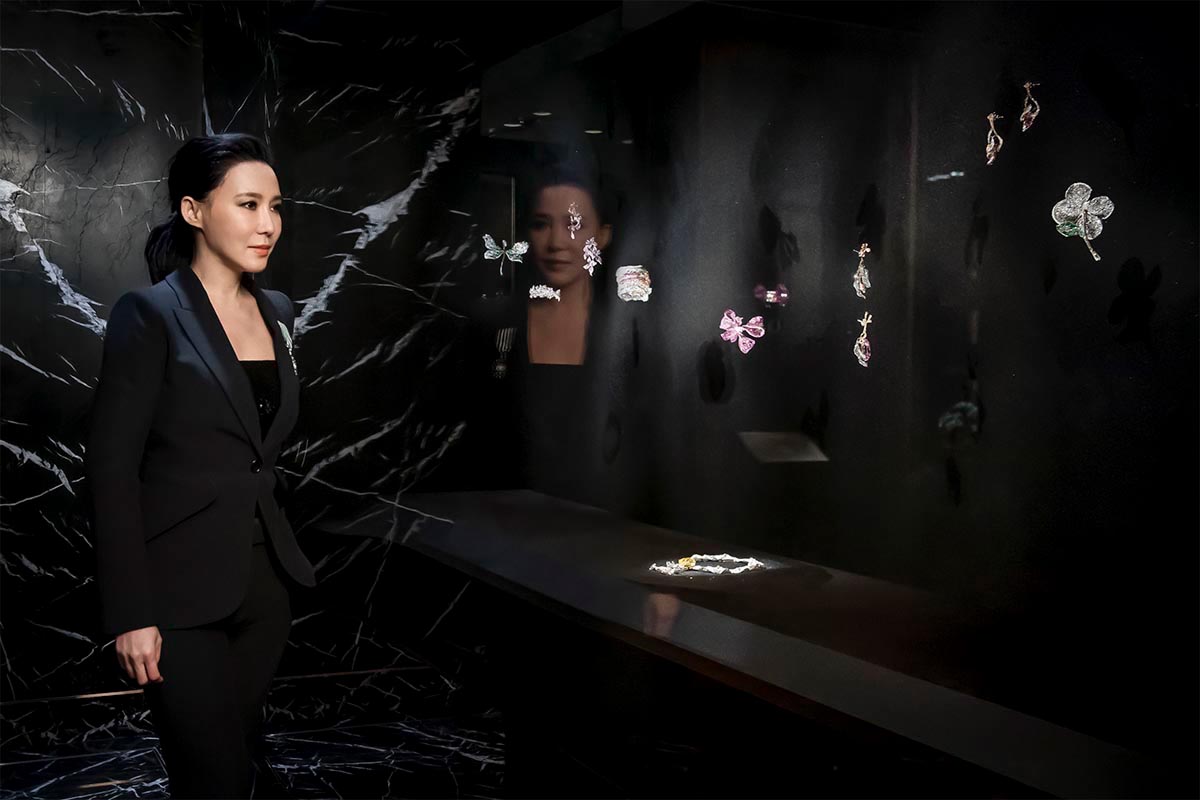

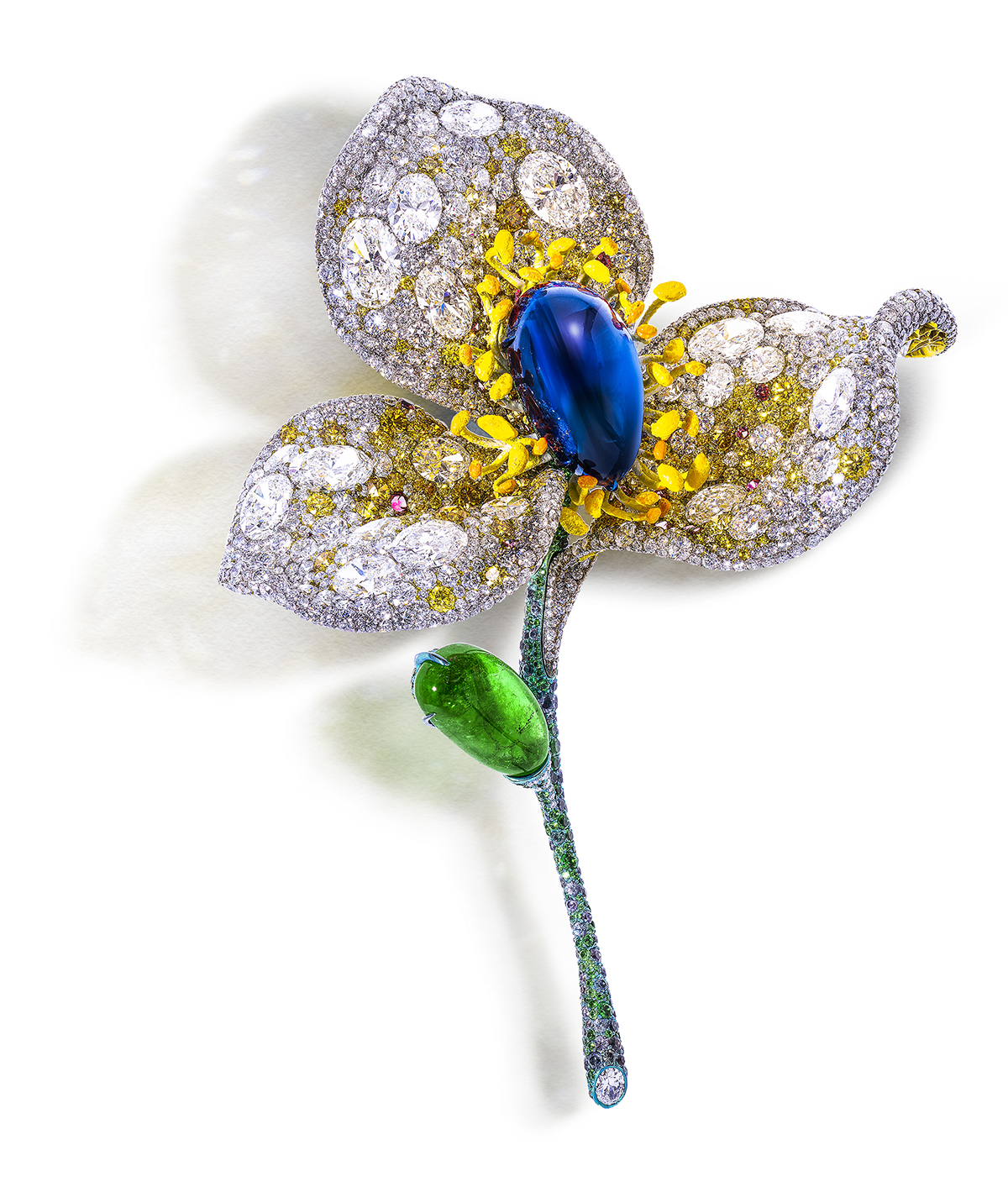











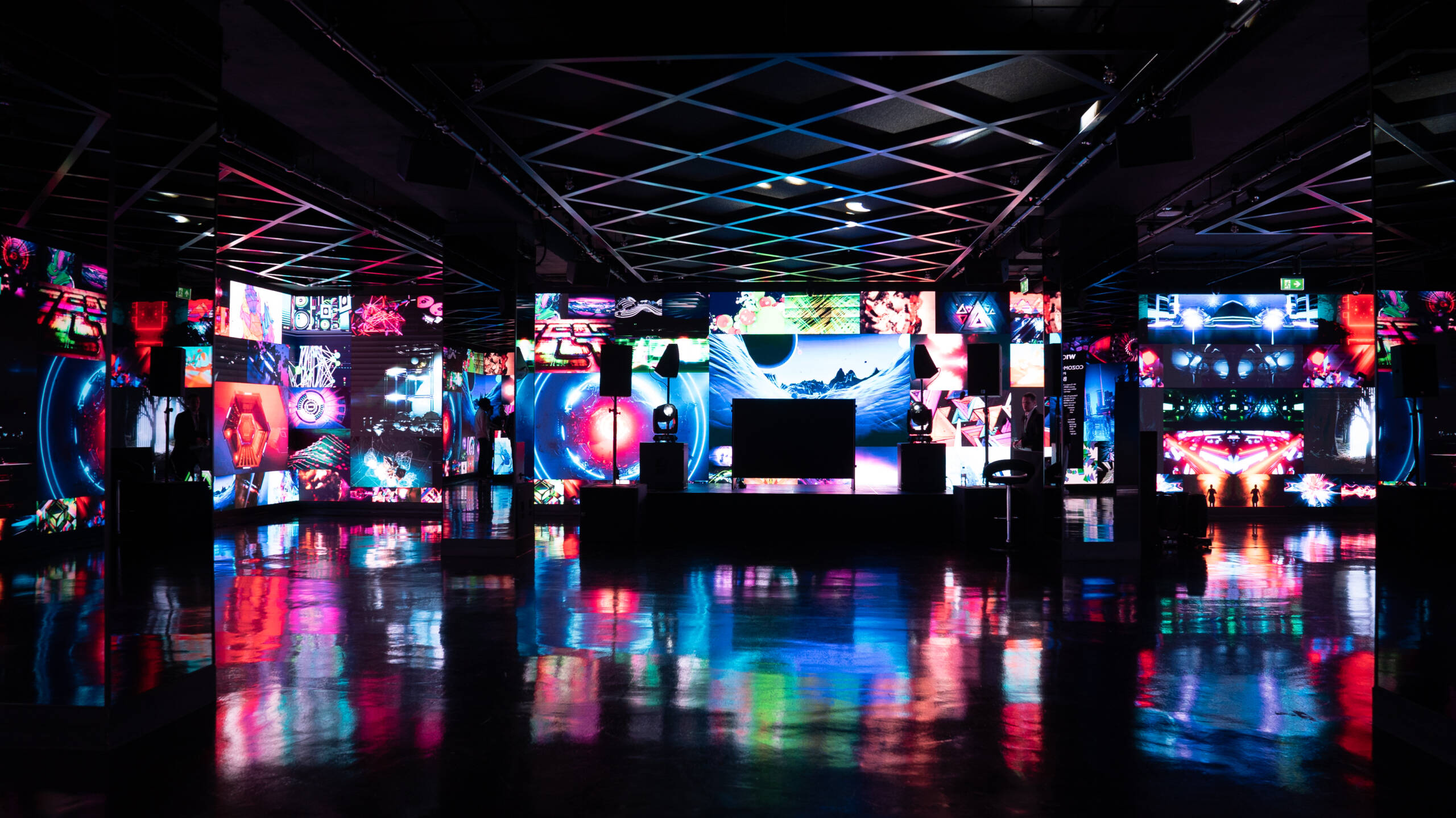







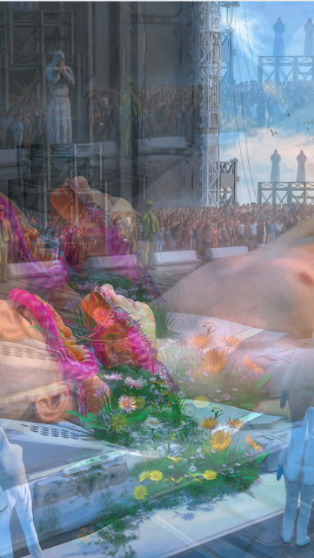



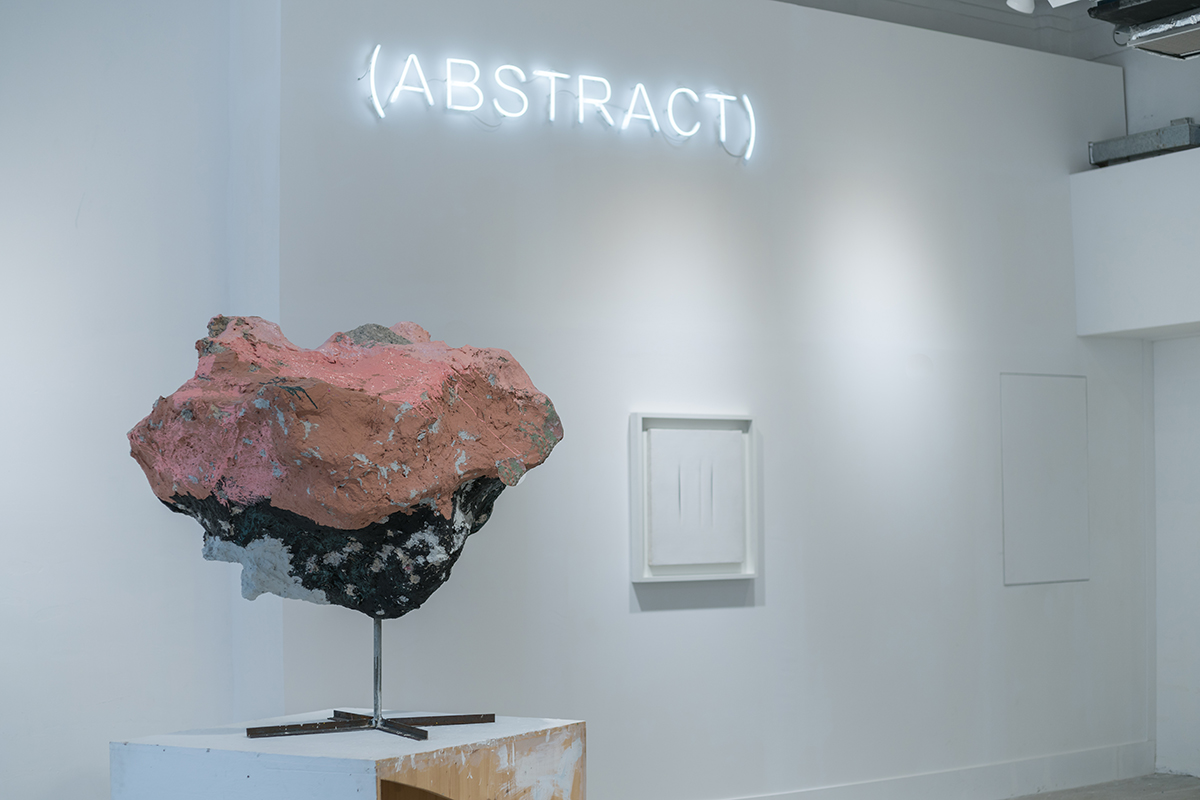








Recent Comments